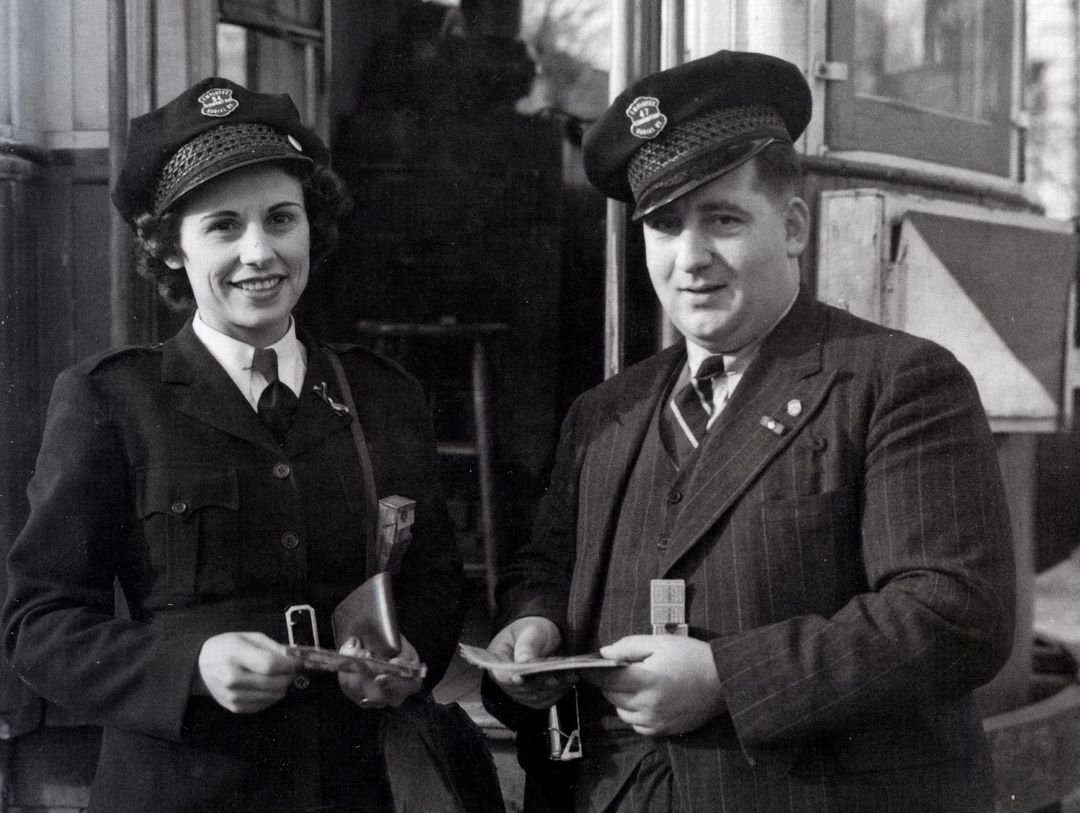Edmonton and Strathcona 1912 merger created street names uproar
The merger of Edmonton and Strathcona in 1912 created a huge amount of confusion. Dozens of street names were duplicated on either side of the river. The new city was also in a development boom and developers created street names to market their neighbourhoods, to advertise prominent businesses, even to honour members of their families.
Mayor William Short and city council decided to act unilaterally and without public consultation, introduced the numbered street system that we use today. In 1913, the City started tearing down its named street signs and installing standardized number signs instead. The backlash was instantaneous and later in 1913 Mayor Short was voted out of office, the first time an incumbent mayor had lost an election in Edmonton’s history.
Public discontent led to an April 6, 1914, plebiscite which asked, “Which do you favor: The all-numerical scheme of 1913 whereby large numbers are in the centre of the city, or The scheme of Edmonscona, partly numerical and partly names, and giving small numbers in the two centres of the city, one on each side of the river.” In the end Mayor Short’s 1913 plan won by six hundred votes.
Despite the plebiscite’s results, criticism of the 1913 Plan persisted. “People can’t remember these big numbers,” said Alderman Joseph Henri Picard in 1915. “I know I cannot, for I can’t even tell where the streetcars are going. We don’t want to be given numbers like convicts who have no reason to be known by their names.” https://citymuseumedmonton.ca/2016/03/15/the-edmonscona-plan/
Health benefits of nature
Nature protects drinking water, filtering pollutants, purifying the air, and moderating our climate. Tree loss in communities correlates with increased mortality from cardiovascular and lower respiratory diseases. Elderly people are more likely to get the recommended 2.5 hours of weekly walking when they have access to green space.
Interactions with nature can lower blood pressure, reduce depression and feelings of fear, anger or aggression. Spending time in green spaces allows people to think more clearly. Children exposed to nature at a younger age develop better immune systems and have reduced rates of asthma. For every 350 trees per square km, asthma rates can drop by as much as 25% in young children.
When we lose nature, and the plant and animal diversity it houses, we lose opportunities to discover new medicines. Some of the medical treatments discovered in nature include Aspirin from willows, and Taxol, used in chemotherapy for a range of cancers, from the Pacific Yew tree. https://static1.squarespace.com/static/569ec99b841abaccb7c7e74c/t/5e6bca8e810aeb772521f2bd/1584122514485/Health+Benefits+-+Updated+2020.pdf
Alberta Indigenous boats
First Nations’ boats on the plains were often made of buffalo hides stretched over willow or pine frames. This bull boat was a small, circular craft quickly built from tipi hides and recycled shortly after. It enabled safe river crossings but wasn’t designed for long trips. Like tipis, bull boats were traditionally the property of women who built and paddled them.
In the boreal forest, rivers are often the only relief from dense trees or muskeg and here a niche was carved for dugout canoes. Dugouts were formed by chipping soaked or partially burned logs with stone axes. The final gouging was done with a clever tool borrowed from nature’s furry carpenters: beaver teeth.
Early boat builders used chisels made of beaver incisors tied to wooden handles. With use, beaver tooth dentine is worn away, which exposes new sharp enamel ridges. The result is a self-sharpening chisel that was used by Cree and Dene across the boreal forest.
The birch bark canoe was made of sheets moulded into place then sewn together with tree roots. Holes were glued shut with sap or, in Northeast Alberta, bitumen. Great skill was needed to harvest the right bark, steam the sheets, and bend the frames. The birch bark canoe turned endless tendrils of water into interconnected arteries of movement.
It expanded social networks, was a conduit for information, and opened new worlds to exploitation. People used canoes to hunt big game at water crossings and to set fish nets. Torches mounted on the ends of canoes at night attracted fish for spearing. And when game failed, people could move long distances to find relief. https://albertashistoricplaces.com/2015/08/12/birch-bark-buccaneers-and-prairie-paddlers-an-illustrated-look-at-albertas-early-boating-part-1/
Riparian areas critical to many species
Mike writes “I want to add a comment that relates to two of the items in the newsletter. The area of the proposed YEG national urban park includes some of the last intact riparian wetland areas left in Edmonton. The oxbows and semi-permanent wetlands around Big Island, and in the "Bigger Island/Snake Valley" region of the proposed park provide natural habitat for amphibians, dragonflies, and several species of songbird that have largely been driven out of the more developed parks, golf courses, neighborhoods, and former landfills that sit alongside the river through the rest of the city. Conservation of these wetlands should be a priority for all levels of government.”
South LRT monuments by Aaron Paquette, Jason Carter, Chloe Mustooch. Art panels along the South LRT line https://www.edmontonarts.ca/public-art/south-lrt-monuments
Comment or Contributions
Please note articles may not reflect the position of NSRVCS. River Valley News is meant to be a clearinghouse for the variety of opinions and ideas about Edmonton’s River Valley.
Email river valley photos, event information, comments, or questions to nsrivervalley@gmail.com
Forward this link to anyone you think may want to sign up for this newsletter https://www.edmontonrivervalley.org/newsletter-signup


















